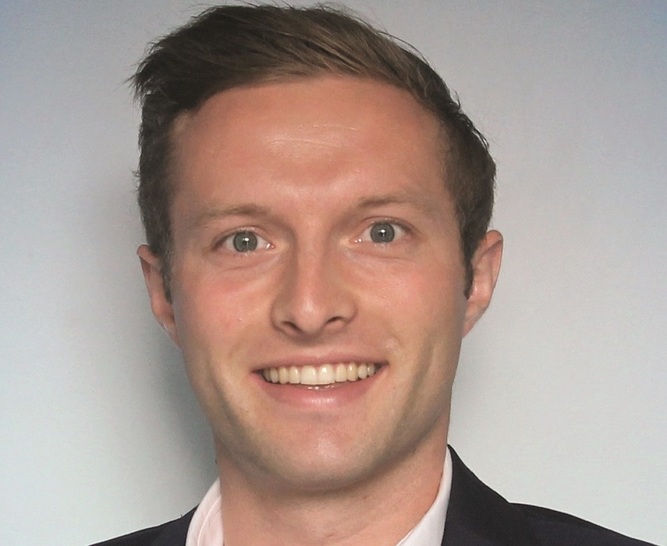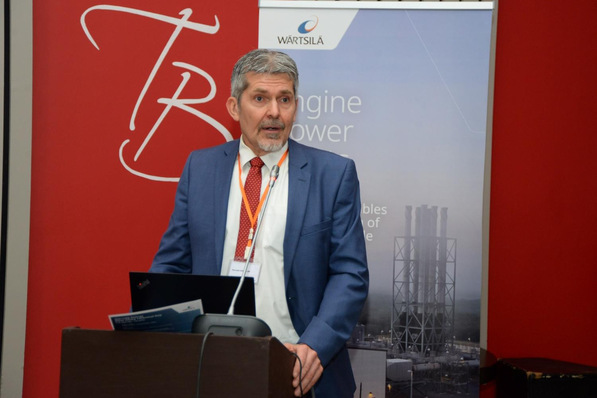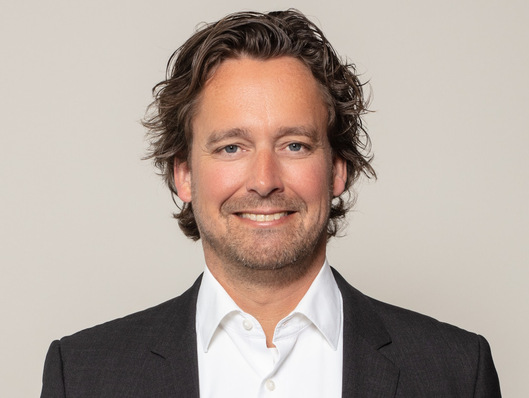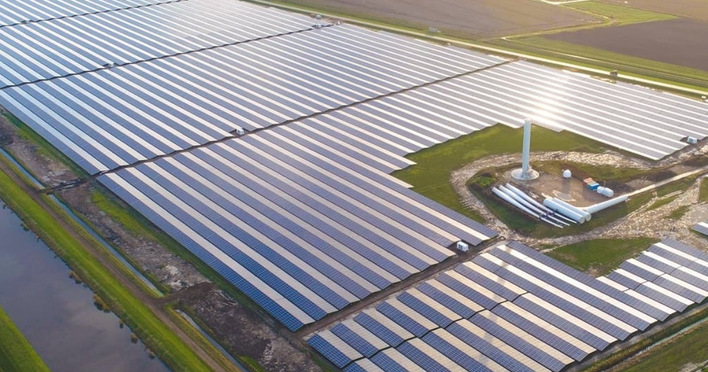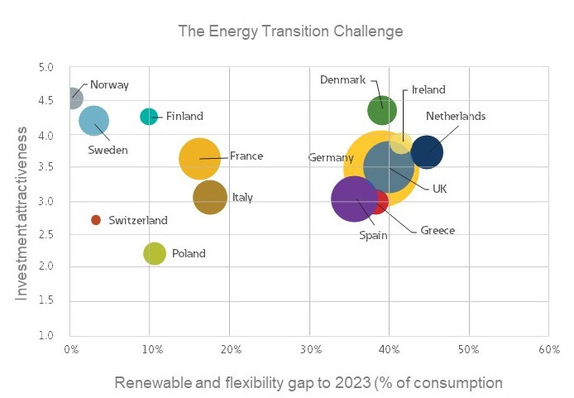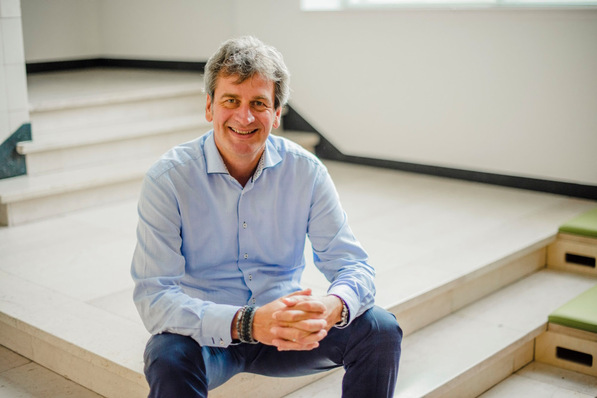pv Europe: How do you assess the investments opportunities and PV market development in the Ukraine?
Benjamin Fischer: Ukraine is a very prosperous market with very attractive feed-In tariffs (FIT). We expect that the rapid expansion of PV solar will continue in 2017. Around 54 new solar projects with a total capacity of 488 MW will be implemented enabling the country to exceed 1 GW of installed PV plants.
How high are the feed-in tariffs?
For private households the feed-in tariff is 0.180 Euro/kWh, for commercial roof mounted installations is 0.164 Euro, for ground mounted installations 0.150 Euro.
What are inhibiting factors? Is legal security, bureaucracy and corruption or the war in the Eastern Ukraine not still a problem?
In our last projects we did not face any problems due to the ongoing war. Due to our years of experience in the market we know how to deal with Ukrainian customers, personal relationships really matter. I really prefer doing business with Ukrainian people, as it is much more important to build up a personal relationship first to be successful in doing business.
What about certification and standardization for inverters?
During the custom clearance of inverters there is no need for the special certificates. Partners just need to get the CE Certificate (Declaration of Conformity) from the manufacturer (e.g. Fronius). The custom fee is zero percent. Our partners and customers only have to pay VAT tax with 20 percent.
How active are you in the country?
We are very active since 2012 in Ukraine. We have a strong cooperation and ongoing further development with our partners. This year we are investing into a new technical advisor for Fronius Solar Energy Division at Fronius Ukraine subsidiary who is capable of speaking the local language, will be responsible for full local customer support and has already gained vital experience in the PV market. We are also organizing our first special Fronius Service Partner Training at Fronius Ukraine in February to qualify and train even more Fronius Service Partners. We will exhibit at CISOLAR in April in Odessa and at 9th International Sustainable Energy Forum and Exhibition (SEF) in October in Kiev.
How many projects did you already implement and how many megawatts do you have in the pipeline?
Selected projects we have finished so far is a 3 MW installation in Zaporizhia with string inverters and a 6 MW installation with Fronius Agilo 100 kW central inverters, a 4 MW project with string inverters in Ivano-Frankivsk, a 5 MW project in Lviv with string inverters and a 2.3 MW project in Sevastopol with central inverters. In 2016 we have successfully finished, installed and commissioned projects with around 20 MW, including the 5 MW solar park in Sambir. For 2017 we have projects with around 100 MW in the pipeline.
How many installers do you cooperate with? Who are your partners?
We have a Certified Fronius Service Partner Plus (FSP +) in Kiev and in Zaporizhia, Certified Fronius Service Partner (FSP) in Dnipropetrovsk and two Qualified Fronius Sales Partner. Besides that we have many more installers, we are cooperating with. Our local office of Fronius Ukraine GmbH is in Knjashitschi. Our partners are Unisolar Trade LLC, TOKMAK Solar Energy LLC, Eco Optima and UTEM SOLAR.
Is there also a residential PV market evolving?
We see a very strong development of the residential market. In 2014 there have been only 21 households with PV installations in the Ukraine. First quarter of 2016 the number of residential PV installations already increased to 298 and end of 2016 to already more than 1,000. In my opinion by the end of 2017 there will be 5,000 to 6,000 households with PV installations, maybe even more.
What about self-consumption?
There is no economic feasibility for self-consumption, because the price for grid electricity is only 0,05-0,06 Euro and the feed-in tariff is 0,18 Euro. So it is more attractive to feed the solar power into the grid instead of using the surplus energy in your house.
Interviewed by Hans-Christoph Neidlein
Stay informed, get our weekly newsletter. Register here: http://www.pveurope.eu/Newsletter
Related news:
http://www.pveurope.eu/News/Markets-Money/The-great-vision-of-Fronius-24-hours-of-sun
http://www.pveurope.eu/News/Markets-Money/Marking-25-years-with-an-array-of-solar-technology
https://www.pveurope.eu/solar-storage/grid-systems-fronius-and-victron-team

